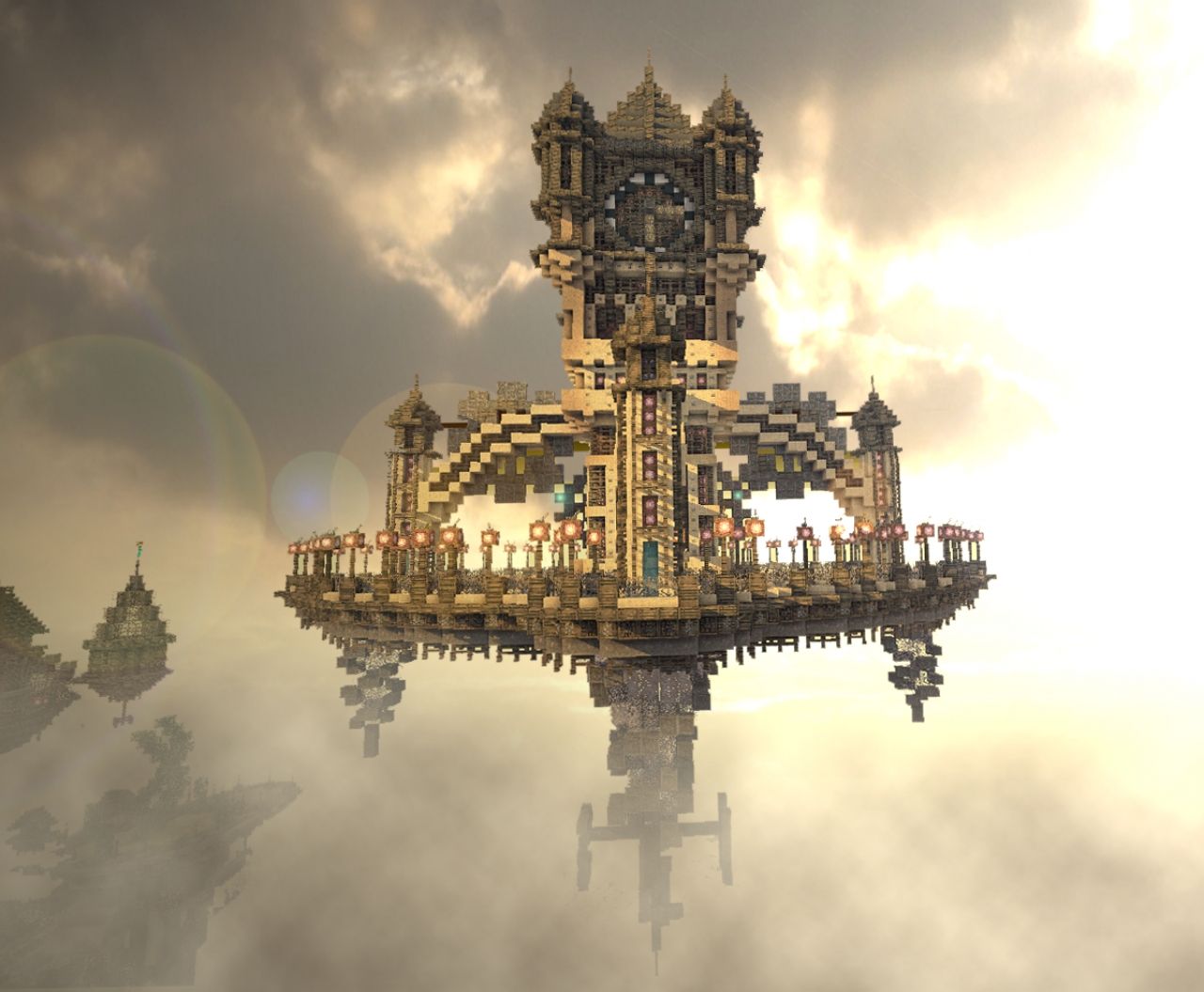
Though of course, I did find her review in the March Locus to be quite flattering. In a letter to science fiction magazine Locus, printed in the April 1987 issue, Jeter wrote:Įnclosed is a copy of my 1979 novel Morlock Night I'd appreciate your being so good as to route it to Faren Miller, as it's a prime piece of evidence in the great debate as to who in "the Powers/Blaylock/Jeter fantasy triumvirate" was writing in the "gonzo-historical manner" first. Jeter, who was trying to find a general term for works by Tim Powers ( The Anubis Gates, 1983), James Blaylock ( Homunculus, 1986), and himself ( Morlock Night, 1979, and Infernal Devices, 1987) - all of which took place in a 19th-century (usually Victorian) setting and imitated conventions of such actual Victorian speculative fiction as H. It was coined by science fiction author K. Origin of the term Īlthough many works now considered seminal to the genre were published in the 1960s and 1970s, the term steampunk originated largely in the 1980s as a tongue-in-cheek variant of cyberpunk.
#Steam punk clock tower minecraft series
In television, one of the earliest manifestations of the steampunk ethos in the mainstream media was the CBS television series The Wild Wild West (1965–69), which inspired the later film. In fine art, Remedios Varo's paintings combine elements of Victorian dress, fantasy, and technofantasy imagery. The Adventures of Luther Arkwright was an early (1970s) comic version of the Moorcock-style mover between timestreams. The film Brazil (1985) was an early cinematic influence, although it can also be considered a precursor to the steampunk offshoot dieselpunk. Titus Alone (1959), by Mervyn Peake, is widely regarded by scholars as the first novel in the genre proper, while others point to Michael Moorcock's 1971 novel The Warlord of the Air, which was heavily influenced by Peake's work. Several more modern works of art and fiction significant to the development of the genre were produced before the genre had a name. Steampunk is influenced by and often adopts the style of the 19th-century scientific romances of Jules Verne, H. 1902) by Albert Robida showing a futuristic view of air travel over Paris in the year 2000 as people leave the opera Various modern utilitarian objects have been modded by individual artisans into a pseudo-Victorian mechanical "steampunk" style, and a number of visual and musical artists have been described as steampunk. Steampunk also refers to any of the artistic styles, clothing fashions, or subcultures that have developed from the aesthetics of steampunk fiction, Victorian-era fiction, art nouveau design, and films from the mid-20th century.

The first known appearance of the term steampunk was in 1987, though it now retroactively refers to many works of fiction created as far back as the 1950s or earlier A popular subgenre is Japanese steampunk, consisting of steampunk-themed manga and anime, with steampunk elements having appeared in mainstream manga since the 1940s. As a form of speculative fiction, it explores alternative futures or pasts but can also address real-world social issues. Steampunk may also incorporate additional elements from the genres of fantasy, horror, historical fiction, alternate history, or other branches of speculative fiction, making it often a hybrid genre. Other examples of steampunk contain alternative-history-style presentations of such technology as steam cannons, lighter-than-air airships, analog computers, or such digital mechanical computers as Charles Babbage's Analytical Engine. Such technologies may include fictional machines like those found in the works of H. Steampunk most recognizably features anachronistic technologies or retrofuturistic inventions as people in the 19th century might have envisioned them - distinguishing it from Neo-Victorianism - and is likewise rooted in the era's perspective on fashion, culture, architectural style, and art.

Steampunk works are often set in an alternative history of the Victorian era or the American "Wild West", where steam power remains in mainstream use, or in a fantasy world that similarly employs steam power. Steampunk is a subgenre of science fiction that incorporates retrofuturistic technology and aesthetics inspired by 19th-century industrial steam-powered machinery. "Maison tournante aérienne" (aerial rotating house) by Albert Robida for his book Le Vingtième Siècle, a 19th-century conception of life in the 20th century


 0 kommentar(er)
0 kommentar(er)
